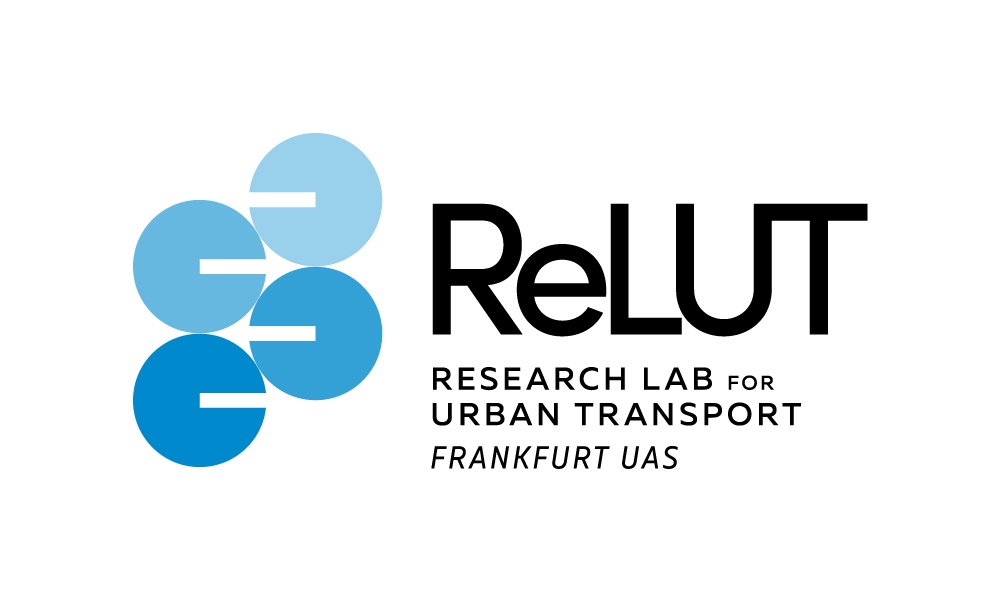
Risk management of classic intersection types using automobile sensor data
Duration: July 2022 to June 2024
Funded by: State of Hesse
Project Management: Prof. Dr.-Ing. Petra K. Schäfer
Contact person: Elisabeth Lerch, M. Eng.
With the car-oriented city, intersections have been developed in the past decades, which are supposed to handle motor vehicle traffic in particular in an efficient way. But especially in urban areas, which today are characterized by a high share of private cars and thus congestion and high CO2 emissions, the importance and demand for sustainable mobility is increasing. There is an increase in pedestrian and bicycle traffic. The project will investigate which and how many conflicts between pedestrian, bicycle and motor vehicle traffic frequently occur at individual types of intersections, such as signalized intersections or traffic circles. The target of the project is firstly to develop a survey concept that can be used in the future to quickly identify risks to pedestrian and bicycle traffic at the types of intersection studied. With the help of automobile sensor data (e.g. from emergency brake assistants), further findings on the frequency and course of conflicts are to be derived. In addition, a methodology is to be developed that will enable traffic planners and municipalities to carry out risk management for intersections in the future in order to improve traffic safety and promote local mobility. With the results of the conflict analysis, recommendations for traffic planning and policy will be derived and made available in the form of an action guide.
This project (HA project no.: 1363/22-68) is funded by the State of Hesse and HOLM funding as part of the "Innovations in Logistics and Mobility" measure of the Hessian Ministry of Economics, Energy, Transport and Housing.


![[Translate to EN:] Logo HOLM GmbH Frankfurt](/fileadmin/_processed_/c/f/csm_2779_LogoHOLMkurzWebformat_0c8a579951.jpg)
![[Translate to EN:] Logo Hessen Agentur GmbH](/fileadmin/_processed_/4/c/csm_HessenAgentur_cbc841b382.jpg)